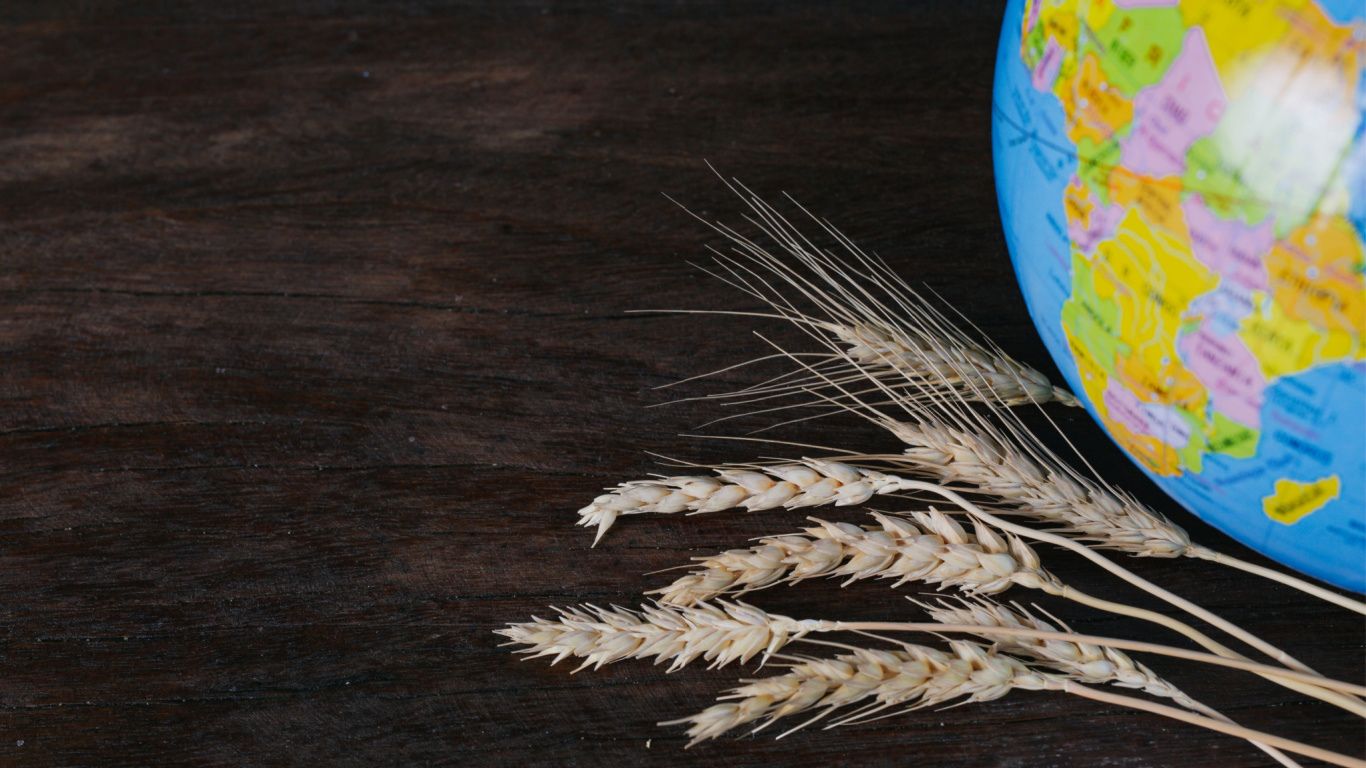
World Food Day is observed annually by the United Nations (UN) and the international community on October 16 to bring awareness to global food insecurity.
The day also serves as a reminder here at home that food insecurity also affects many Canadians.
In 2020, there were over 1 in 10 persons (11.2%) living in Canadian households that reported food insecurity.
Further, analysis shows that people that reported higher levels of food insecurity both before and during the early days of the COVID-19 pandemic included younger people, renters, those living in lone-parent households, those reliant on social assistance, and those who identified as Indigenous or Black.
More recently, a 10.8% year-over-year increase in grocery prices put a strain on Canadians’ food budgets.
Food availability in Canada
Statistics Canada reports annually on the amount of food that is physically present in a country for consumption. However, it does not measure demand nor food consumption.
In 2021, there were more than 76.6 kilograms of fresh fruit available per person in Canada, a slight decline from 2020 (-0.2%) and 2011 (-0.6%). Excluding potatoes, there were 69.2 kilograms of fresh vegetables available per person, up slightly (+0.2%) from 2020 but down 8.3% from 2011.
Also declining in 2021 were fresh white potatoes at 17.1 kilograms per person, down roughly two-thirds (-65.8%) from 2020 and nearly a quarter (-23.7%) from 2011.
Conversely, poultry available for consumption increased 9.4% from 2011 to 25.1 kilograms (boneless weight) per person in 2021. Egg availability was also up, with 21.4 dozen per person in 2021, more than a quarter (+26.9%) higher than 2011.
Availability of red meat declined annually by 3.4% to 31.1 kilograms (boneless weight) per person in 2021, while pork had a slight yearly increase to 13.9 kilograms (boneless weight) per person.
Total fluid milk available for consumption decreased by a fifth (-20.3%) from 2011 to 60.9 litres per person in 2021, though cheese availability increased 15.1% to 14.4 kilograms per person over the same period.
Grain availability affected by weather, conflict
In 2021, there were 57.7 kilograms of wheat flour available per person for consumption, a decrease of 4.4% from the previous year, coinciding with drought conditions in western Canada.
More recently, total domestic stocks of wheat (farm and commercial) fell by almost two-fifths (-38.3%) to 3.7 million tonnes as of July 31, 2022, largely due to lower supply and production caused by the western drought conditions.
Canola stocks dropped by a half (-50.7%) to 874 600 tonnes. Stocks of oats and barley also fell compared with the previous year.
Also in 2022, the global supply of wheat and other grains was thrown into the spotlight by Russia’s invasion of Ukraine—both of those countries were major grain exporters before the invasion began in February.
Value of food exports in 2022
Canada exported over $693.3 million worth of wheat in August 2022 on a seasonally adjusted customs basis, down nearly 16% from February. Canola (including rapeseed) export value also declined by more than half (-52.9%) to $188.5 million over the same period.
Export value of other crop products, including corn for grain, unmilled rice, oats, barley and soybeans increased by nearly a fifth (+18.5%) to $825.5 million over the same period.
Exports of intermediate food products, including margarine and cooking oils, flour and other grain mill products, as well as grain and oilseed products, increased by 4.7% to $829 million worth in August 2022 compared with February.
Overall, the dollar value of Canada’s exports was 83.9% higher than imports were in August 2022 in the broader farm, fishing and intermediate food products category.
Export value was higher but by a lesser degree (-8.2%) than import value in the food, beverage and tobacco products category—one that includes frozen, fresh and canned fruit, meat and dairy products, as well as prepared and packaged seafood.
Assisting those at home, and other countries in need
In June 2022, there were 2,175 business locations in Canada involved in community food and housing services, as well as emergency and other relief services for domestic or international disasters.
As of September 2022, Canada was the fifth-largest donor to the UN’s World Food Programme (WFP), which works in over 120 countries and territories to bring food to those affected by conflict and disasters. The WFP is also Canada’s largest humanitarian assistance partner.
Contact information
For more information, contact the Statistical Information Service (toll-free 1-800-263-1136; 514-283-8300; infostats@statcan.gc.ca) or Media Relations (statcan.mediahotline-ligneinfomedias.statcan@statcan.gc.ca).
